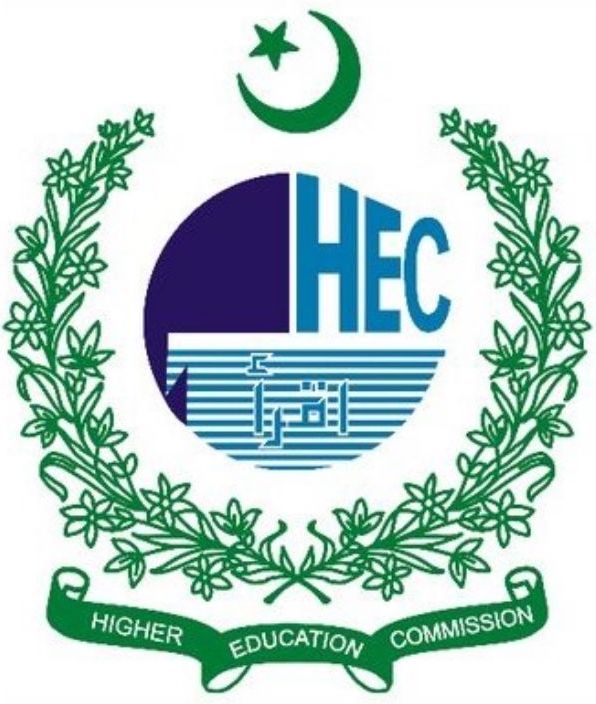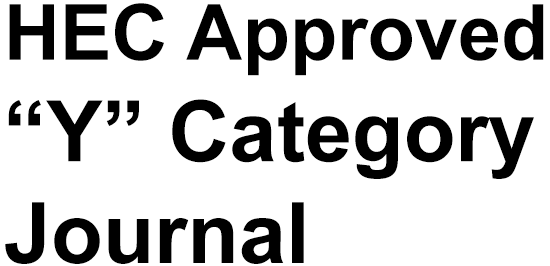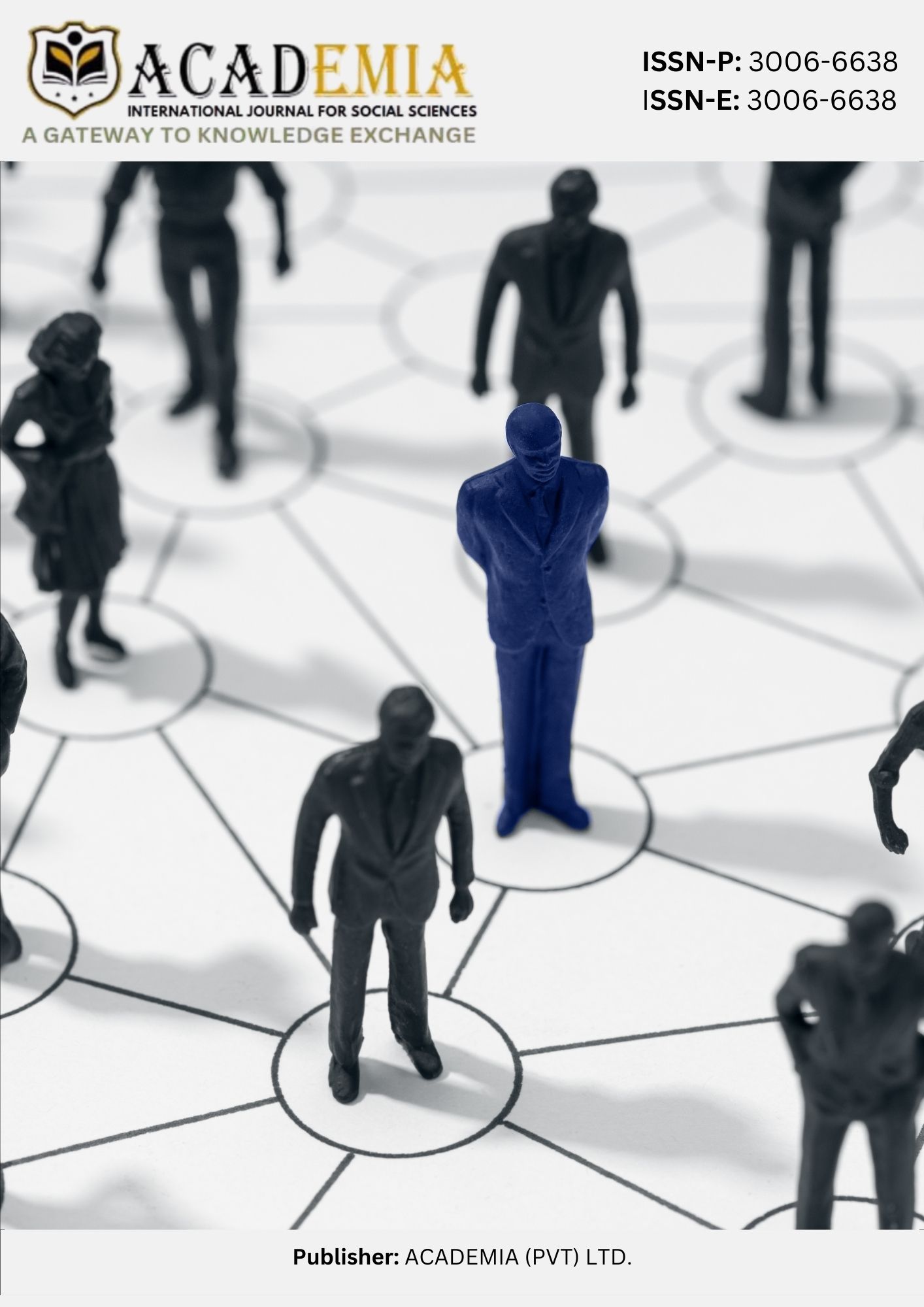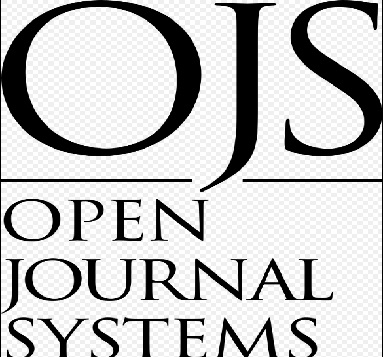Reduplication in Pahari: A Morpho-Semantic Study
DOI:
https://doi.org/10.63056/ACAD.004.03.0590Keywords:
Morphology, Pahari language, Reduplication, Morphological doubling, Duplicant and baseAbstract
Morphological processes in languages appear identical in many respects, characterized by both shared phenomena and language-spesific features. Owing to word formation processes as the central concern in morphology, reduplication has recently received researchers’ attention, particularly in spoken form of languages (Fakih, 2015). Being evident in closely related Pakistani languages like Punjabi, Urdu and Rangri , the phenomenon of reduplication in Pahari is worth-investigating. Pahari possesses distinctive morphological properties parallel to other languages across South Asia. Its morphology is characterized by processes such as derivation, reduplication, and compounding (Khalique et al., 2022). This paper examines reduplication as a rich source of word formation with emphasis on Pahari. Utilizing the Morphological Doubling Theory (MDT), the study identifies two main types of reduplication i.e., total and partial. The sub-types of these broad categories were also identified and discussed. It also explains the morphological and semantic description of reduplication. Primary data for this work were the tokens taken from the native speakers of Pahari selected through ‘social networking’ sampling. . Qualitative and descriptive approaches were adopted to analyze the data. Findings reveal that the process of reduplication is a rich source of word formation that serves a variety of grammatical, lexical and semantic functions in Pahari. The study invites researchers’ attention to the the importance, morphological description and semantic and lexical vitality of the process of reduplication in Pahari that was largely ignored so far, and hints other relevant crucial aspects to be considered in future research.
Downloads
Published
Issue
Section
License
Copyright (c) 2025 Momina Azim, Dr. Zia Ullah, Usman Ali (Author)

This work is licensed under a Creative Commons Attribution 4.0 International License.












